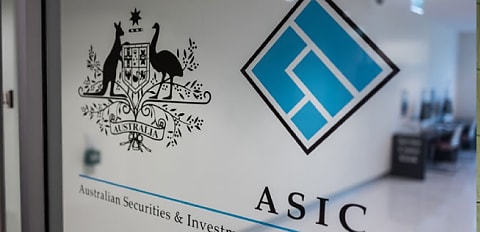The Treasury has announced a review of the Industry Funding Model (IFM) used by the Australian Securities & Investments Commission (ASIC) ever since it was implemented in 2017.
The review will be led by the Treasury, in consultation with ASIC, the Department of Finance and the Department of the Prime Minister and Cabinet, and will be focused on identifying possible improvements to the IFM, where appropriate.
The scope of the review will consider and make recommendations regarding several areas including:
- The types of costs and nature of ASIC’s activities that are recovered from the industry. This will include how costs are recovered, and from who they’re recovered from. It will consider costs recovered through levies and whether costs for activities such as enforcement and capital expenditure remain appropriate for recovery by the IFM (but will “not include a detailed examination of individual fees-for-service”);
- How ASIC allocates costs to sub-sectors, focusing on regulatory activity that impacts multiple sub-sectors as well as the consequences of time lags between regulatory cost allocation and action and the changes to sub-sector composition;
- Changes in levy amounts since the implementation of the IFM, focusing on sub-sectors that have faced significant increases in levies, the volatility in levies between years and variance between estimated and actual values;
- Whether key aspects of the design and legislative framework “remain appropriate”. This will take into account “structural changes in parts of the industry”. Considerations will be made on whether changes are needed to any sub-sector definitions and/or levy metrics and if any opportunities exist for simplification;
- The IFM’s flexibility to respond to changes in the industry, including emerging industry sectors; and
- The suitability of transparency and consultation mechanisms. This includes the Cost Recovery Implementation Statement (CRIS) and how ASIC could improve the accuracy of its estimates of costs in regards to sub-sectors.
Announcing the review, the Treasury said: “The Government is committed to maintaining appropriate industry funding arrangements for ASIC.
“It is appropriate to review the IFM at this point given it has now been in place for five years, and over this period there has been substantial regulatory and structural changes within industry sectors resulting in increased cost pressures within certain sub‑sectors.
“The review will be forward looking and focused on identifying any changes to the IFM that may be required to ensure the settings remain appropriate.”
According to the federal government, the review will not assess or make recommendations on ASIC’s performance or the appropriate aggregate level of funding for the regulator.
ASIC was urged to review its industry levy calculation and estimates process earlier this year after aggregators were hit with a spike in fees when ASIC released invoices for its supervision cost recovery levy over 2020-21.
The regulator outlined its actual charges for the levy with credit intermediaries to be invoiced for a base levy of $1,000 plus $184.31 per credit representative in December 2021. Although the $1,000 base stayed consistent, the $184.31 charge per credit representative roughly tripled from 2020, when it was $61.76.
The figure was doubled from ASIC’s levy estimates that were issued in 2020, when the regulator indicated intermediaries would be charged approximately $96.55 per credit representative.
[Related: ‘What the hell happened?’: ASIC charge per broker triples]

